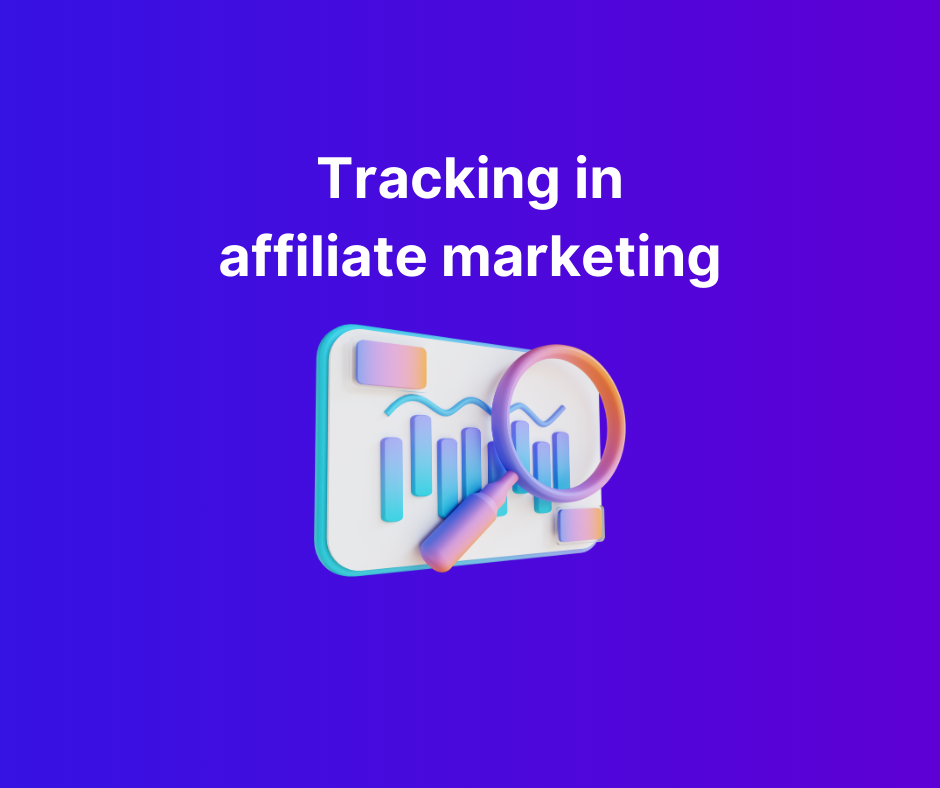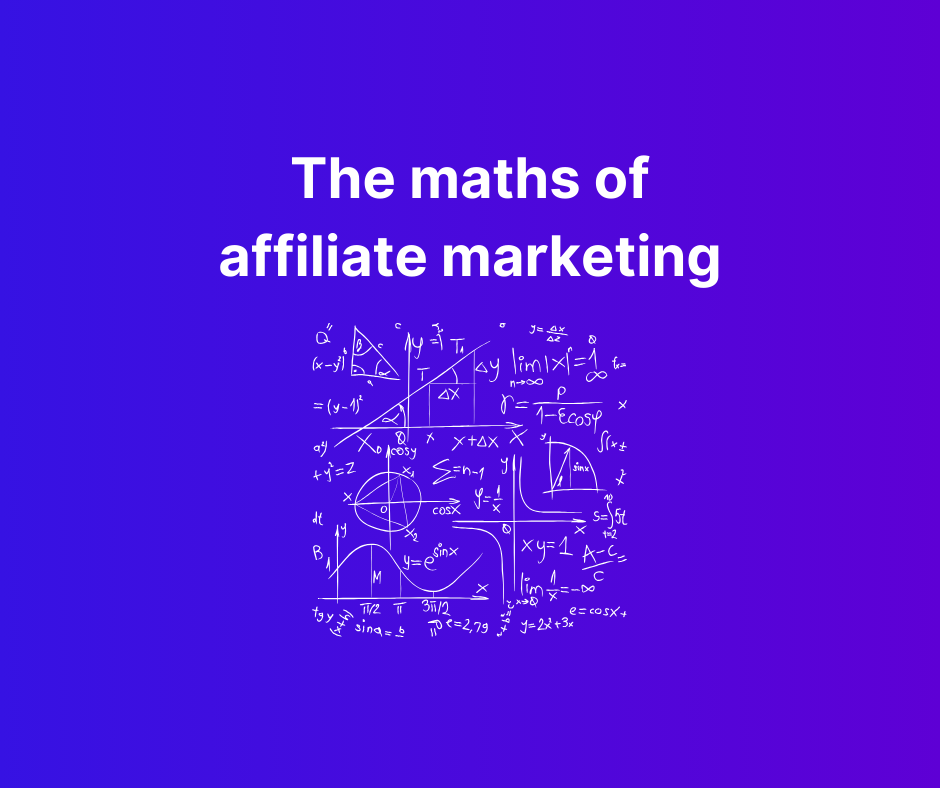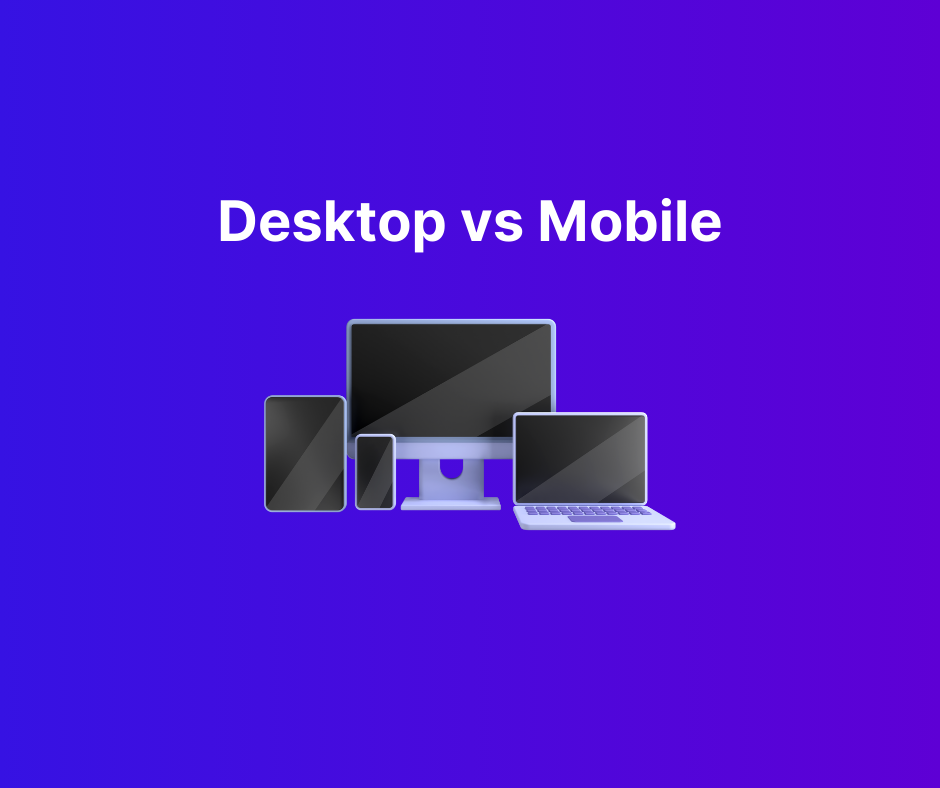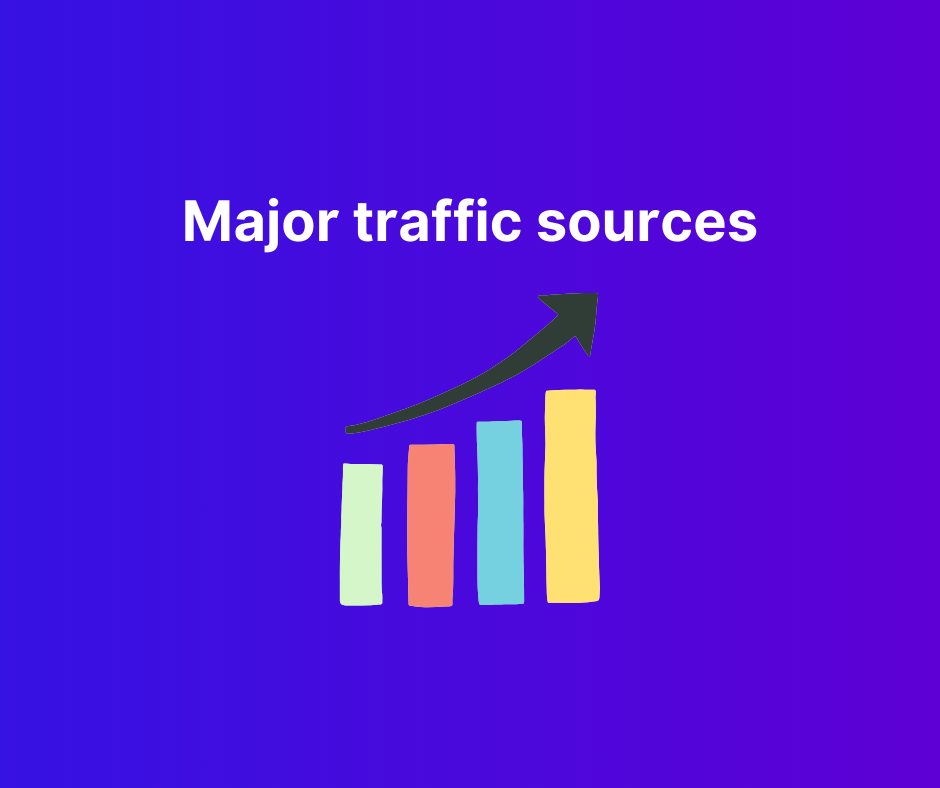The importance of split-testing

The basics
Split-testing is perhaps the most important thing you’ll ever learn and affiliate marketing.
Good split-testing is a critical part of all campaigns.
A/B and multivariate testing are all types of split-testing, the core concept being to test variations of one thing against another.
Split-testing should ideally be done in parallel.
So you should avoid making one campaign for one landing page, and another campaign for the other landing page.
This is where tracking systems (like FunnelFlux Pro) are crucial as they can evenly rotate between variations automatically.
So, you can make 10 ads at a traffic source, send them all to one tracking system URL, then have the tracking system evenly rotate between three landing pages.
Granted on some traffic sources you can’t use redirect links to make split-testing easy – it’s not a deal-breaker, it’s just not ideal. There are ways around this, i.e. to split-test even when you can’t use redirect links, but that’s a story for another day.
When it comes to your first affiliate marketing campaign, you should always split-test banners, several landing pages if you are using them, and ideally offers from different networks.
For that last one, you can split-test between the same offer but on different networks, or you can split-test between several similar offers to see which ones performed better.
ABST! Always be split-testing!
How to approach to split-testing
In general, you should aim to follow these ideals:
- Always be split-testing 👍
- Split-test the biggest things first
- Avoid testing too many things in parallel
Now, let’s dive into these a little more.
Always be split-testing
If you’re not split-testing, you’re leaving money on the table.
Generally, you will always want to be testing new things against your baselines – your initial variations, or the ones that (after testing) perform the best.
At the beginning you’ll likely split test everything evenly. For example, if you have four landing pages, you’d send 25% of traffic to each of them. Same for offers.
Over time when you find a lander that works amazingly, you might send 80% of traffic to it and use the remaining 20% to test new landers. At scale, you might even decrease this to 5-10% of traffic to new variations.
The same is true for offers – you might split-test four, find one clearly performs better and so you send 90% to it and send 10% to new offers you are testing.
In some cases you might not have more offers to test, or are running a single specific product. That’s fine – you can’t always split-test every element.
But that single offer might have multiple landing page variations too, or be available at multiple networks.
Sometimes, split-testing can even be about just reducing risk – e.g. you have the same offer but you split 50:50 to two networks with similar performance, just so that there’s less risk of the offer dying with that network and killing your campaign – or a cashflow issue from that network.
On the creative side, especially with certain traffic sources, creative burnout can be rapid. If you know this is the case, it’s going to be ideal to be constantly getting new variations ready to keep things humming. Sometimes it’s even as simple as a word change just to make a new ad and have it “start fresh” in that algorithmic traffic system.
Split-test the biggest things first
Now, this is very important.
Split-test the things that will have the BIGGEST impact on your end-to-end profitability.
That is, the elements that, when you factor in their performance, have the biggest effect on your ROI.
Generally this is going to be:
The offer. Most would agree this is #1. A good offer may convert even with pretty terrible advertising.
But a bad offer… might not convert even when you throw the most transcendent, awe-inspiring creatives known to man at it.
In the end, you won’t succeed selling a product that no one wants or is interested in. Period.
The lander. If you’re using one in the middle, this is going to be a crucial point where the user engages or disengages.
You would want to test wildly different landers with different headlines, not just changing a single image or button colour. This stuff doesn’t move the needle much.
Lander are going to prime users for conversion and their click through rate is going to affect the overall drop-off you get in a funnel.
The creative. Especially for sources like native and video ads, creative can be the biggest swing factor – sometimes even more so than the offer!
If you’re running FB ads for example, you’d want to use a variety of quite different images and headlines and see what sticks.
Make them very different. Don’t just test the same thing reworded by AI, or the same style of image.
Different creatives can give very different CTRs and CPCs, but can also affect offer conversion rate a lot.
The angle. We’ll expand on what angles are later, but think of them as your general copywriting/psychological approach to making a user interested in that product/service, and how you present it to them.
It involves your targeting, creatives, ad copy, landing page headlines and copy, etc. At an early stage, it might just be how you frame the offer… e.g. for a dating offer you might split-test a completely different creative > lander flow (this could be a separate campaign at the traffic source), where you frame it like:
- This dating service is ONLY for Christian guys looking for true love > go to lander themed along these lines > go to offer with landing page variants that best align with this (e.g. non-risque)
- Girls are tired of Tinder spam so have moved here… (leverage people’s dislike of swipe-fest dating apps)
- It doesn’t always have to be about true love… find local men who just want to have a good time > some page that is more risque/aggressive to play on the more casual dating side
As you can see these are not just different creatives/ad copy, they are different approaches to resonating with certain users and getting them to click through, and this would be followed by a lander > offer flow that aligns with these – we want to avoid cognitive dissonance where the user feels like the page they arrive on doesn’t align with the ad they clicked.
So, to recap – focus on the things that have the biggest impact (offer, lander, creative, angle).
Don’t get too caught up on trying to test all of these at once on day 1.
If anything, you should test the offer first. Refer to my earlier point. A shit offer will not be saved by amazing creatives.
It’s just like how a startup needs to validate its product and business model first, and no amount of VC investment is going to make a startup succeed that simply has a product no one wants to spend money on.
What do we actually look for in tests?
Now, this is a little tricky, as the answer really depends on the traffic source, vertical, and your experience in it.
But at the beginning we can keep it simple and define some simple metrics to look at.
Note that in my next article I talk about the maths of affiliate marketing – see that to learn about these metrics in more detail.
The offer
This is easy – you’re really after how much money you are making per visit – the revenue per visit.
This is going to be conversion rate x payout – so when split-testing offers you have to remember that a higher payout is not always best.
At the end of the day, you want to maximise revenue per visit getting to the offer page.
The lander
Likewise, revenue per visit. In fact, think of this as your “north star” metric.
You’re ultimately paying for impressions that turn into clicks, and you want to make as much money as possible for those clicks.
Downstream of the traffic source you’re not aware of ad impressions, so revenue per visit (well, profit per visit!) is what matters
For most landers you’re going to be looking at their clickthrough rates as well, which can offer a leading indicator of performance (before conversions might come in).
But don’t be fooled – clickthroughs don’t make you money. Money makes you money.
The creative
Here, you are likewise very interested in revenue per click (akin to visiting your first page).
But, since you are paying for impressions, really the revenue per mille or RPM is what you want to maximise.
In many cases those are interchangeable, you can look at whichever suits you.
However, you will need to consider that, for certain traffic sources (e.g. FB, TikTok), the CTR – the indicator of how interested users are in your offers – affects their delivery algorithms.
A high CTR ad can make it gain traction, which ultimately leads to more clicks, lower CPM, higher RPM, all else being equal.
It depends on the source – you might find in TikTok ads that you have a baseline of 3% CTR, where if the ad performs below this, you know it won’t stick or scale well, and so you drop things below this even if their P&L is looking OK.
That’s fine – experience always breeds process. Some of these things you won’t know until you dive into a specific source and explore its nuances.
So the CTR, while not what makes you money directly, might be an important metric that does influence the ad performance in a non-linear way.
At the end of the day you will be looking for the most profitable creatives.
But don’t focus so much on the P&L metric itself, especially for early split-testing – better to have a deeper understanding and focus on the underlying data that results in that profit, and how those metrics might influence your overall campaign performance.
As another example, an ad might be highly profitable (for you), but has terrible CTR and frontend performance.
You want to spend more money on it because it’s great, but it’s not so for the traffic source that is charging you per impression, and is making little money + serving users ads it knows they don’t engage with.
In this case, “profit” in isolation is not a good metric to drive decisions, because the ad might die off and lose all delivery.
The angle
Angle is a more nebulous concept.
Here you’re really just looking for whether the “angle” works end-to-end and makes you $$.
It will involve managing all of the previous items and generally different angles are likely to be completely separate campaigns.
Now, onwards to the maths of affiliate marketing!





